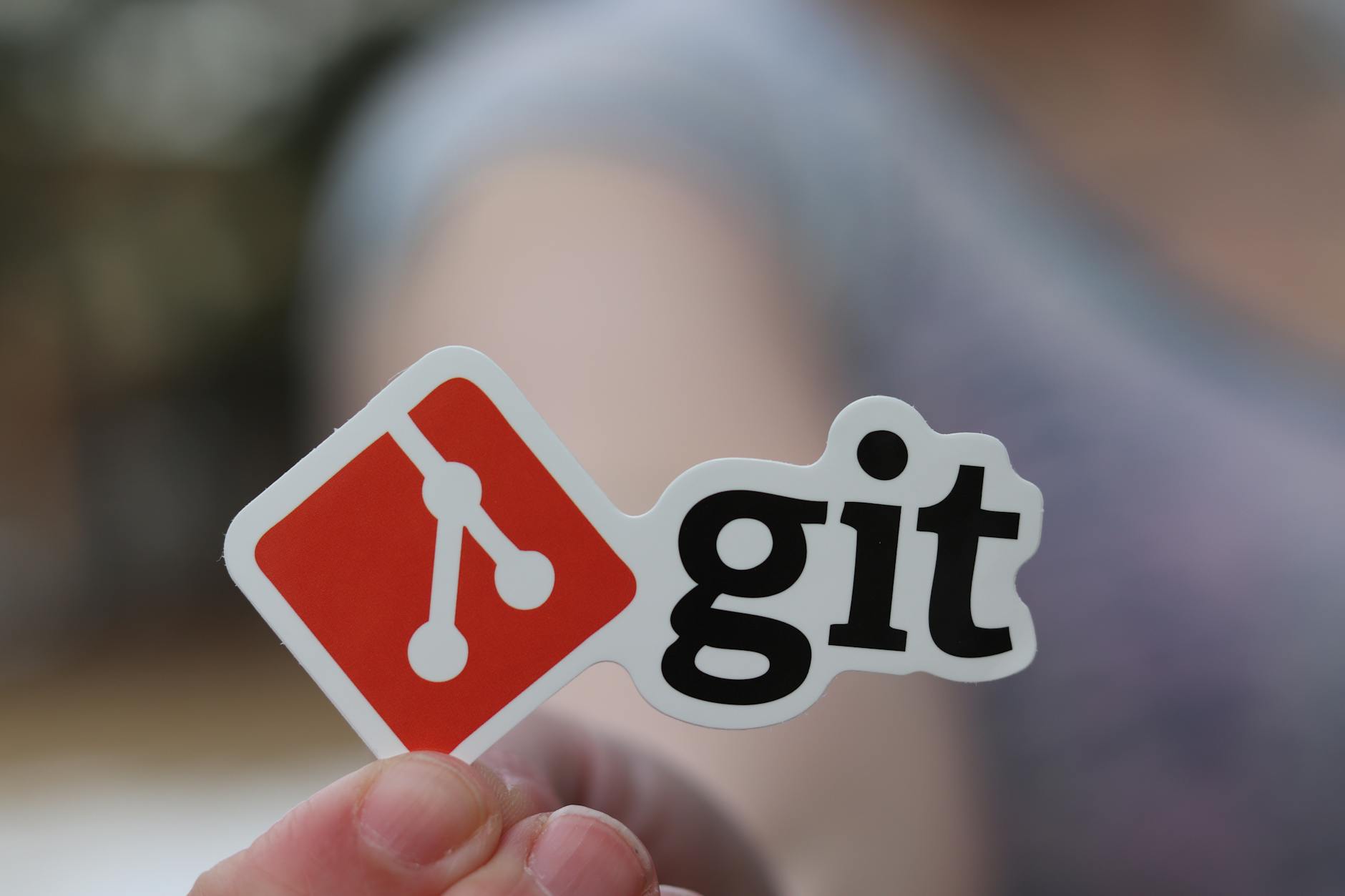Well I’ve been meaning to do this for a while, but using desktop Windows and then the Mac, there really were no choices other than NTFS and HFS. But since we are building our own file server, we can now choose the operating system and the file system.
The easiest way to evaluate all this by the way is to use VMware Fusion. I just downloaded FreeNAS and it is easy to create virtual disks and see how it administers it. The net is that it feels like an older user interface and ZFS is definitely confusing to figure out for sure!
For operating system, we’ve used Cent-OS but as Sam says that is reliable but old, so this time we are going to try a Debian alternative. Ubuntu has a server version but this is mainly substituting character only interfaces for graphical and there are no more kernel differences. In facts you can get to the desktop just by running apt-get install ubuntu-desktop or for that matter apt-get install xubuntu-desktop.
That being said, the biggest choice is what file system. Both ZFS and btrfs have scrubbing so they can check the data in the background. Sounds like a very cool idea. ZFS is older and btrfs is the new kid on the block.
This is a brave new world where the setup instructions from zfslinux sounds scary as heck. You basically use the Live! version and boot to the USB stick, then you create enough of a file system on your operating system drive to make it work. I’m not sure you want to run this on your native file system so much as use it for your data drives.
Arstechnica and serverascode.com explain how to install ZFS from an existing Ubuntu installation. This is more like it as it lets data use ZFS and your system drive stay ext4 (the native format of Ubuntu). This doesn’t look too hard, basically add a repo and install a package on it. Or you can use FreeNAS which gives you ZFS with all the convenient graphical interface tools.
sudo add-apt-repository ppa:zfs-native/stable
sudo apt-get update
sudo apt-install zfs ubuntu-zfs
Now you need to learn a ton of terminology, but you are up and going






2 responses to “File systems ZFS or btrfs”
Rich… what I do is use ext4 for the boot/OS partition, and then run ZFS on the big disk array. This cuts out most of the complexity you refer to above and lets me keep the base system reasonably simple.
-Bob
Makes sense that’s what I’ll do and Ii’m sure makes things stable. Great tip Bob!